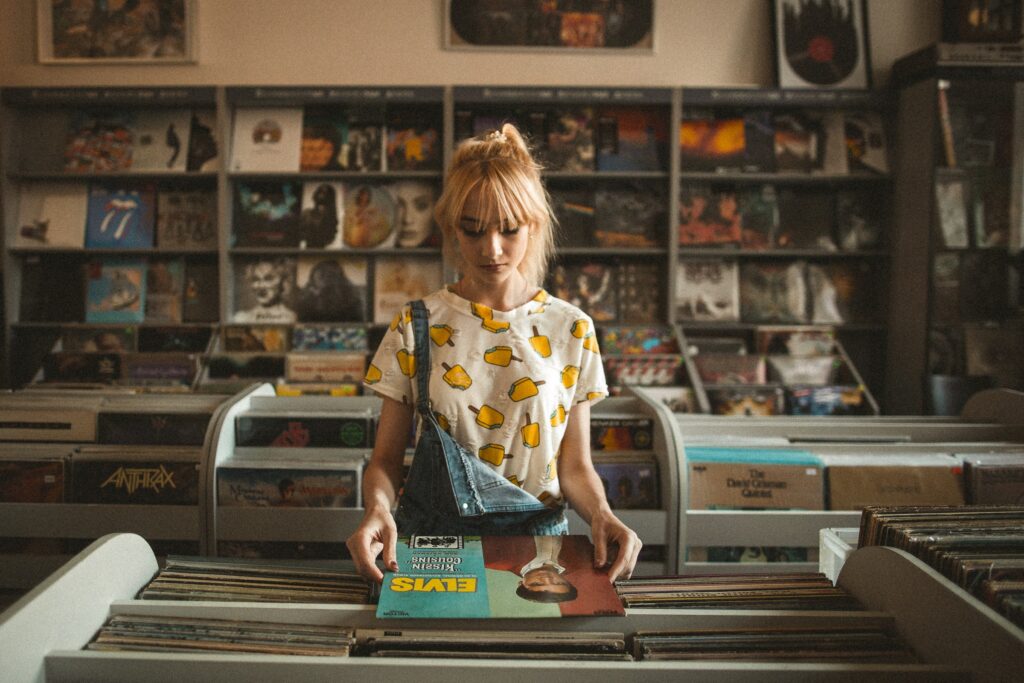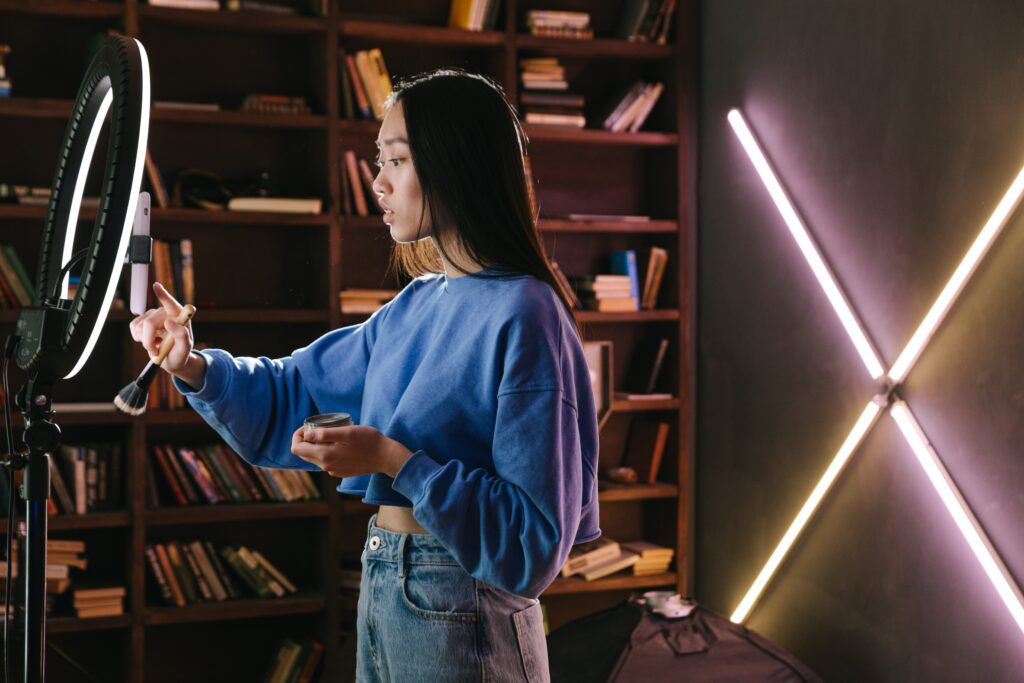#1 hit in Billboard is usually 3 to 5 minutes long. Here’s why.

All pop tunes might not sound the same, however many are close to the same length. Numerous tunes are close to three minutes long that length has become lore. It’s challenging to produce a masterful pop tune that will stick in the minds of listeners and repeat over and over again in just three minutes. However, where did the “three-minute guideline” come from?
If you ask individuals about the average length of a tune, many people might tell you that a tune is around 3 or 4 minutes long. Fewer people might know you why– and it may shock them to understand that the reason is technological, not artistic.
A century earlier, the vinyl record was produced. One of the earliest records was called a “78” because the record spun at 78 revolutions per minute. This innovation restricted the length of songs because just so much music could fit onto one disc. A 10-inch 78 could hold 3 minutes of music, and a 12-inch 78 could hold 4 minutes. This technology restriction is why-for the last 100 years-song lengths have hovered around 3 to 4 minutes.

In the last 15 years, we’ve seen the birth of brand-new music technology: streaming. This development has similarly influenced art. Streaming economics determines that artists make money by the stream, creating a reward for artists to launch shorter songs. Spotify, for instance, pays major artists between $0.004 and $0.008 per stream. Consequently, in the last few years, there’s been a sharp uptick in shorter songs. Artists also just earn money if a listener streams their tune for a minimum of 30 seconds. This has had the effect of pulling choruses earlier in songs. Typically, a chorus might begin 40 seconds into a song; today, it’s not uncommon to hear the chorus in the first 30 seconds.
Lil Nas X’s “Old Town Road”, the longest-running # 1 hit in Billboard history, is a fine example of both these phenomena. The initial tune clocks in at just 1:53, and the chorus hits just 13 seconds into the tune. Technology informs art, and art informs tech. The two are inseparable and interconnected. This week, I wish to take a look at how technologies for many years have influenced art and culture.
The average length of a song on the Billboard Hot 100 has decreased by 20 seconds in the past 5 years. Songs now balance 3 minutes and 30 seconds– and are progressively shrinking. 6% of hit tunes also averaged 2 minutes and 30 seconds or much shorter in 2015, and sub-3 minute tunes are becoming progressively typical.
The length of a song on an album does not matter for anybody except for the artist and fans, but a tune that hopes to generate income and be used on the radio just has to be a certain length. Either that or radio stations will edit the tune down to the requirement, making it three to four minutes, just like the 45.
There are exceptions to this. There are plenty of examples of longish pop songs, just as there are examples of classical pieces longer than ten minutes. Typically speaking, you require a fair amount of complexity to sustain these lengths, and that’s not what a lot of individuals desire. They desire basic and hummable, which implies not too long
Social Media Star

When it comes to social networks, a star generating a big following is comparable to a TV program getting high ratings. The more expansive and active a celebrity’s following, the more in demand they end up being for brand endorsements, and the more cash they can make by utilizing their name or likeness as an advertising platform.
Instagram started as an actual filtered variation of reality. That made it the best platform for the Kardashians, who themselves predict a contrived and curated variation of life. A repeating theme as technology increased the celebrity content output and reduced the production value per piece. The production value of a Kardashian social media post is orders of magnitude lower than the production value of an episode of “The Oprah Winfrey Show”. This permits digital influencers like the Kardashians to launch content at a faster rate, an extension of the trend begun by the shift from movie to TELEVISION. While a film star like Audrey Hepburn may launch two films annually, Oprah balanced 182 episodes per season and Kim K averages 660 Instagram posts each year.
One intriguing parallel is how online fame has mimicked offline fame’s progression from aspiration to credibility. While film stars during the Hollywood Golden Age were inaccessible and elusive, TV stars in the late-20th-Century were approachable and relatable. The very same arc has played out with the evolution of social media, from Instagram to TikTok.
Both user-friendly developer tools and the culture of creation pushed the long tail of creators. Just 1 in ~ 1,000 YouTube users create content, but 4 in 5 TikTok users are creators. The web is ending up being more participatory and as more people develop, the pendulum again swings to relatability. What TikTok has shown is that ‘remixing’ is the future of production. It makes engaging content available to more people– and each trending remix on TikTok’s platform only inspires more individuals to develop. While original content is effective, remixing gives ordinary people the power to layer context and self-expression and share within memes and discourse. TikTok is just the start for remixing’s potential.
The rise of Charli D’Amelio, your everyday teenager from suburban Connecticut who now boasts 114 million TikTok followers. And Victoria Paris, a TikTok developer who acquired 16,000 TikTok followers each day by relentlessly sharing her life. Victoria Paris posted as many as 80 TikToks each day to drive these follower numbers. The production quality was never a barrier for both Charli & Victoria.
The Future Generations
“Traditional” celebrities are adjusting their playbooks to contend in the brand-new landscape of creativity. Taylor Swift used to consistently launch an album every two years. She just recently had her third # 1 album in just 8 months. This broke a 54-year-old record held by The Beatles’ (Taylor scored her hat trick in 259 days, beating their 364 days).
Modern production is always-on and the creators who define the next generation of culture will be the immersive creators. They will slide so easily in between the real and digital realms that they’ll almost constantly be producing content. Emma Chamberlain is one example of such a developer: there’s rarely a minute in Emma’s life when she’s not shooting or live streaming. The camera is a fluid extension of who she is. A more extreme example is Ludwig Ahgren, a Twitch streamer who made headlines recently when he finished a 31-day Livestream. Ahgren invested lots of hours sleeping, eating, and laying on the bed scrolling his phone while countless people watched him online. There was a big demand for Ahgren’s passive live streaming: he broke the world record for the highest number of Twitch subscribers.
As a creator, constructing a following on an ad-supported platform resembles developing a mansion in somebody’s backyard: it’s your house, however on someone else’s land. Developers, now more than ever, require to diversify circulation and income streams by releasing material on multiple platforms and establishing direct relationships with fans. This requires to have the circulation of content regularly.
Donald Trump, in his way, could be referred to as the immersive creator. Almost always tweeting or making headings. Part of Trump’s savvy was adjusting to the always-on nature of internet creation and exploiting it to his advantage. Trump tweeted an average of 10.67 times a day. For the months from May 25, 2019, to August 27, 2019, he bumped that up to 19.54 times a day. To paraphrase that popular line from Glengarry Glen Ross: Always be tweeting. And he even published 14.6% of his tweets between 1 a.m. and 5 a.m. New Tech and platforms will continue allowing new types of creations. Clubhouse, for instance, has been a boon to the audio creator. Since the beginning of tv in the 1950s, creation has largely been video-centric; now, audio creators are again having a moment. As virtual reality and augmented reality takes hold, a whole new class of developers will rise with its supporting technology. As they always have, new technologies will determine new forms of creating. And those types of creating will determine the people who move culture.
- Written by: Mohenesh Chamith Buthgumwa
- Posted on: May 23, 2021
- Tags: Clubhouse, digital marketing sri lanka, Donald Trump, influencer marketing, instagram, kim kardashian, spotify, streaming, Technology, Twitter